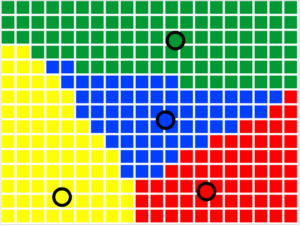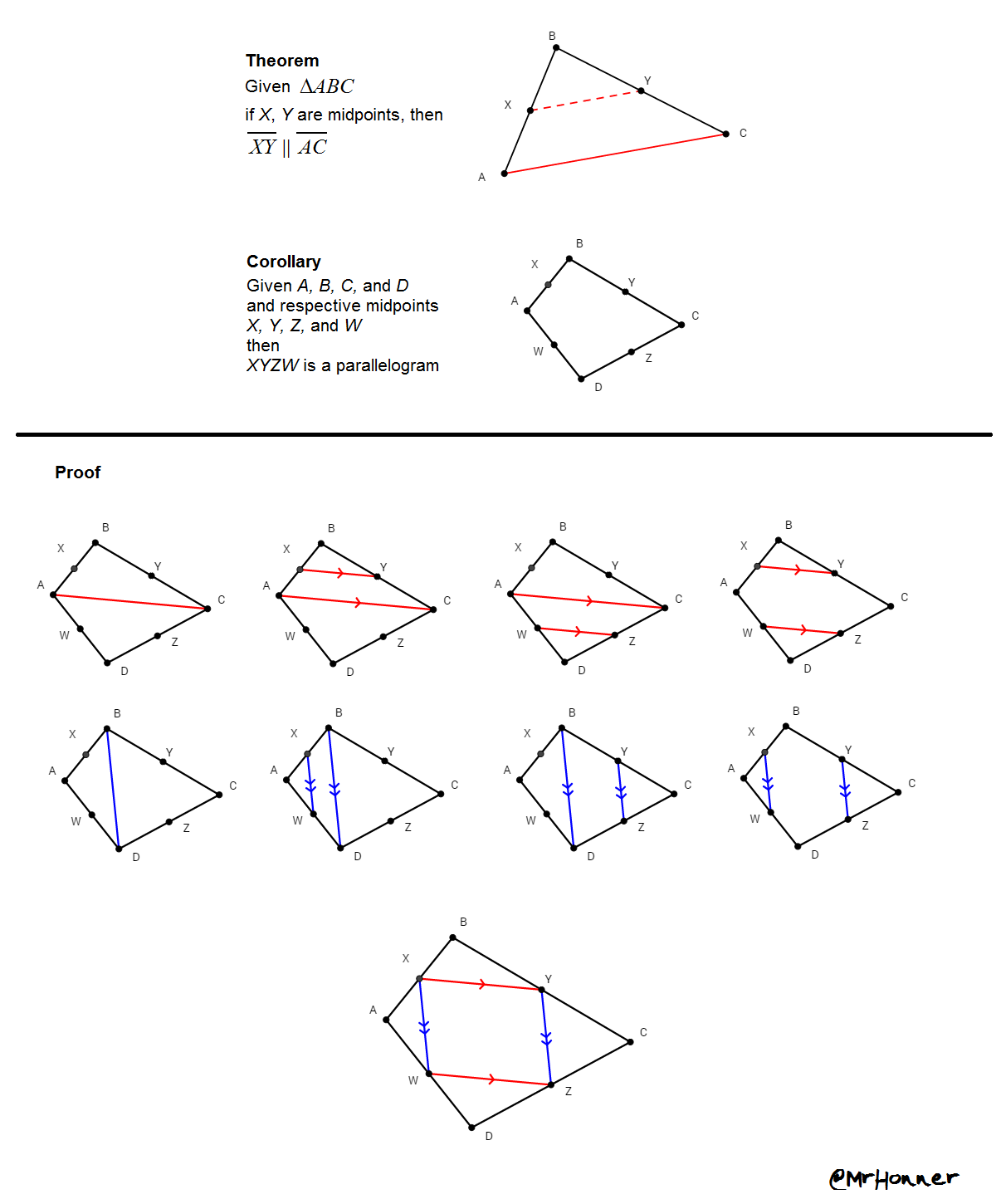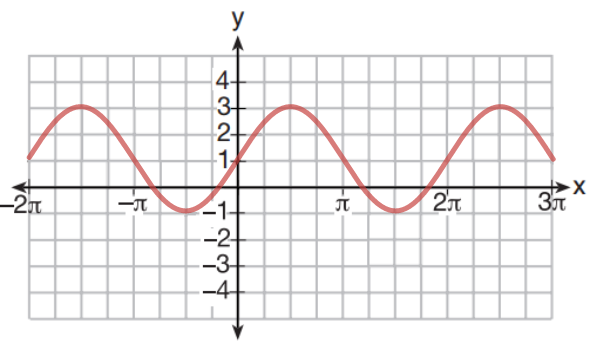 Tonight I’ll be running a workshop at the Math for America offices in New York City on Mathematics and Scratch.
Tonight I’ll be running a workshop at the Math for America offices in New York City on Mathematics and Scratch.
I’ve been working to incorporate more computing into my mathematics courses, and Scratch, the free, web-based, block-based programming language developed by the MIT Media Lab, has become an invaluable part of my approach to teaching basic mathematical computing and simulation.
In my workshop participants will engage in elementary mathematical explorations in Scratch that span the mathematics curriculum, from Algebra and Geometry to Calculus and Statistics. We’ll solve some mathematics problems using computer science and some computer science problems using mathematics! And I hope that teachers will leave with some ideas about how to get their own students making math in Scratch.
After the workshop, I’ll be posting links and resources here.
Related Posts
- MfA Workshop — An Introduction to Desmos
- MfA Workshop — Surfaces in Space
- Scratch@MIT, 2016
- SIAM ED16




